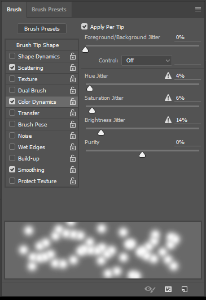Texture Pipeline Creation
- joshuabresler

- Feb 8, 2019
- 3 min read
I have been working to get all of the pieces into place to be iterated upon in game. All of the basic models needed for the temple have been created, but were found to be too simplistic. Despite the fact that Knossos has very simple geometry, in game, it looks like a mistake. Additionally, in their simplistic forms, they did not leverage the shader as much as they could have. Much of my time recently has been devoted to making sure that the spaceship fits cleanly into the designs made by my team members for the temple's level design, especially in regards to the playtest that we have planned for this Tuesday. I am hoping to learn whether the art is successful at guiding the players along our desired paths, and whether or not the grappling hook as a mechanic is clear and comprehensible.
The character - Theseus - has been updated to be animated. We really liked the silhouette that the wrench on his back had made, but felt that the wrench itself did not make sense for his character, so instead, he has a broken off piece of the ship's interior which - if we were creating a full game - would act as a defensive weapon.

Additionally, I have gone through multiple iterations for the interior of the ship, and plan to make one more adjustment in the conceptual phase before moving forward. As it stands right now, the ship - while having curves around the corners of the walls - is still very straight and (for the lack of a better word) 'corridor-y', and the overall design does not lend much to Art Nouveau.
The changes I will make are to design the overall shape of the interior of the ship to be similar in shape to a leaf, with the cockpit as the stem curving around and the back two rooms curving in towards the tip. The airlock will be designed near the front, as though an acorn has fallen directly below the stem and above the body of the leaf. This part will be inaccessible, due to the ship's damage, but will be visible through the door's window slit. The player will be able to enter through the cockpit and side windows, as well as a hole which ripped down the side of the ship, in order to get players to travel through both. As for texturing, I have conceived a prototype pipeline that may work to simplify and standardize the process. I believe that it should work with any type of texture with very little to no adjustments, but will need to do more testing before saying for certain. I do know that this technique works with woods though:
In this example, I used Kasuga Sando by Yoshida Hiroshi as reference.

Kasuga Sando
The bottom layer is a gradient, the colors of which are sampled from a ukiyo-e painting.However, since the gradient will be the bottom layer, the contrast between dark and light need to be exaggerated slightly.
The second layer is a custom brush I created by sampling a middle tone from the gradient, and painting a very soft dot, turning on scattering, and color dynamics.
The third layer is an (at least semi) tileable texture of the image. A real image worked for the wood texture, I am yet to see if that will ring true for other materials such as stone and brick.
The fourth layer is a darkening of various parts of the texture to give it a worn and non-uniform look.
The fifth and top layer is any excess detail that may be put onto the in-game object as a decal.
My plan moving forward - in regards to texturing - is to work with Connor to test if this technique will work with other textures as well. The immediate priorities however are integrating the ship into the temple and preparing for the playtest.















Comments